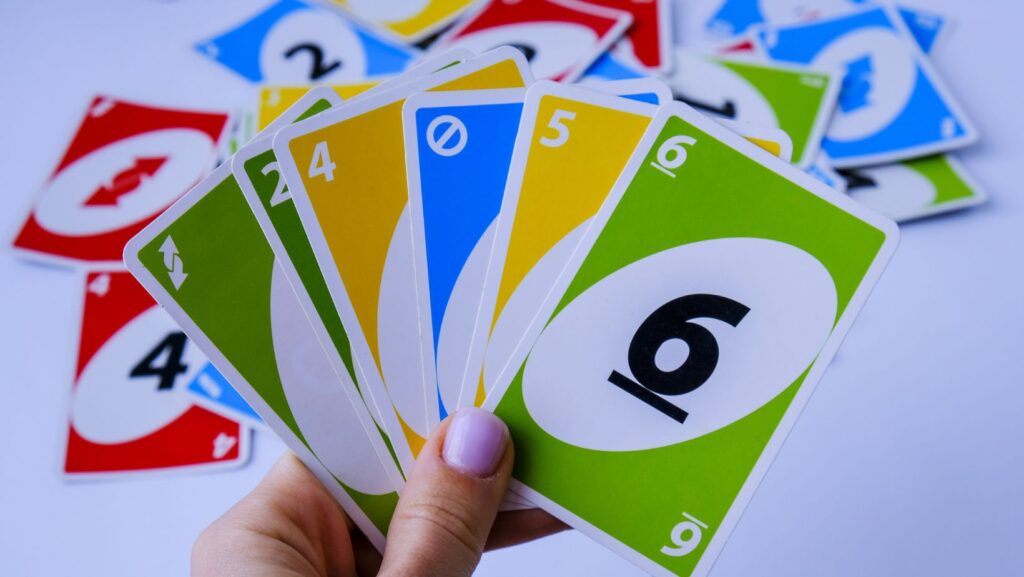In a world of digital distractions, finding an engaging way to unwind at home is invaluable. Classic card games offer a timeless appeal, providing a perfect blend of social interaction and deep strategy. Spades, a trick-taking game that relies on foresight and teamwork, stands out as a fantastic choice for an evening of fun. Its blend of simple rules and strategic depth has kept players engaged for generations. This guide will walk you through the essentials so you can learn how to play spades with confidence. Learning the fundamentals is the first step. For those ready to practice, platforms like Zimad offer a great place to hone your skills.
The Object of the Game
Spades is a partnership game typically played by four people in two teams. The primary objective is for your team to be the first to reach a total score of 500 points. You earn points by accurately predicting and winning “tricks” during each round. Before a round begins, your team must make a combined “bid” on the number of tricks you believe you can win. Making your bid accurately is crucial for success.
How to Play Spades: The Core Rules
The gameplay is straightforward once you grasp the sequence of dealing, bidding, and playing a hand. Spades uses a standard 52-card deck, with cards ranked from 2 (lowest) to Ace (highest).
Understanding the Deal and Bidding
At the start of each round, a dealer shuffles the deck and deals 13 cards to each player. Once everyone has reviewed their hand, the bidding process begins. Starting with the player to the dealer’s left, each person announces how many tricks they expect to win. Your individual bid is then combined with your partner’s to create a team bid.
A noteworthy option is bidding “Nil,” meaning you believe you will not win a single trick. This is a high-risk, high-reward move best attempted with a hand full of low-value cards.
The Flow of Gameplay
After all bids are set, the player to the dealer’s left leads the first trick. The gameplay follows a simple sequence for all 13 tricks in a round.
- The first player leads by playing any card, with one key exception: you cannot lead with a spade until the suit has been “broken” (played on a previous trick).
- Moving clockwise, other players must play a card of the same suit if they have one. If not, they can play any other card, including a spade.
- The trick is won by the player who played the highest-ranking card of the suit that was led.
- However, spades are the permanent “trump” suit. If any spade is played on a trick, the highest spade automatically wins, beating any card from other suits.
- The winner of a trick collects the cards and leads the next one.

Scoring Your Round
Once all 13 tricks have been played, teams calculate their scores. If your team successfully won at least the number of tricks you bid, you earn 10 points for each trick in that bid. Any tricks won beyond your bid are called “bags” or overtricks, and each is worth one point. Be mindful of these; accumulating 10 bags across rounds results in a steep 100-point penalty, a costly mistake that can change the game’s outcome. If your team fails to meet its bid, you lose 10 points for every trick you bid.
Taking Your Game Online
Like many classic pastimes, Spades has transitioned smoothly into the digital world, making it more accessible than ever. You can easily find versions to play online against computer opponents for practice or with real players for a more competitive experience.

These platforms connect friends and family from all over the globe through a shared love of the game. Whether you are gathered around a table with a physical deck or playing online, the core strategy and enjoyment of Spades remain exactly the same.




